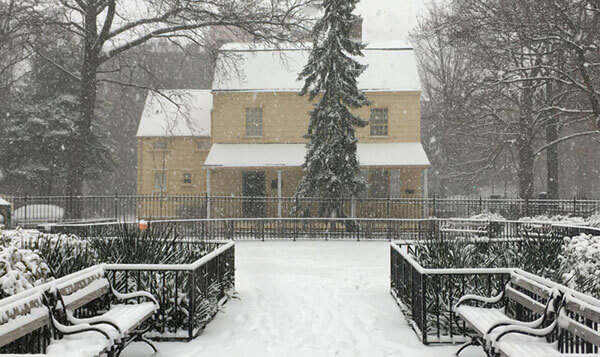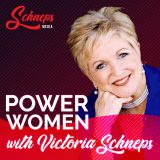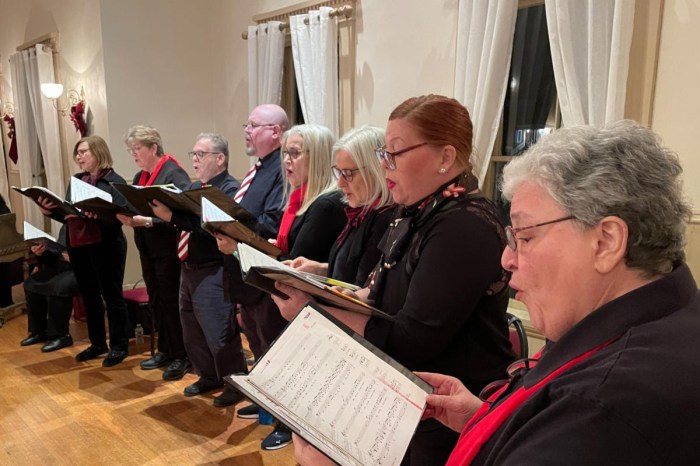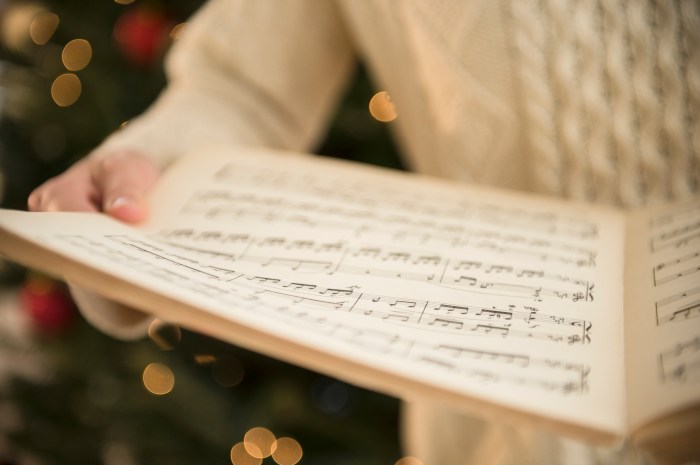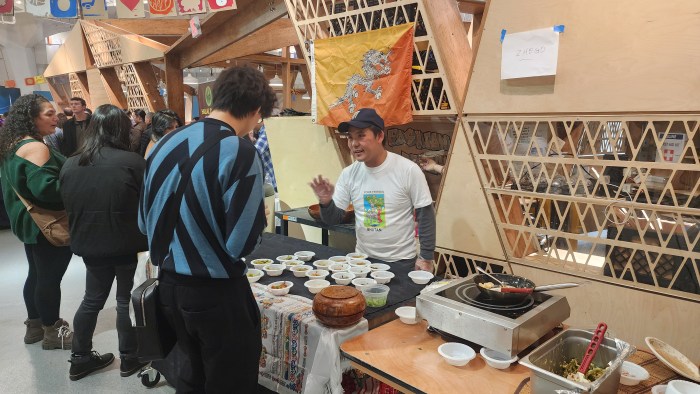By Annabelle Blair
Families and people of all ages are welcome to peer into holidays past with a tour of seven historic houses in Queens Sunday, Dec. 10, from 1 p.m. to 5 p.m.
The 30th annual holiday tour will feature traditional family-friendly activities, performances and refreshments. Tickets are $15 in advance; $20 at the door; and $5 for children under 12.
This year marks the centennial of women’s suffrage — marking their right to vote — in New York state. In recognition of this, the historic houses will celebrate past female inhabitants — along with the holiday season.
Most of the houses will be decorated according to their original holiday adornment.
“The houses are really taking it very seriously this year,” Rob MacKay, a spokesman at the Queens Economic Development Corporation, said about the tour. “We’re going to make this one the best ever.”
Six sites are within walking distance, and a shuttle will be available to the Louis Armstrong House Museum, Voelker Orth House and Flushing Town Hall locations. Visitors can pick up a flier with the shuttle schedule times at the event, and tickets can be purchased on the day of the tour at the Kingsland Homestead.
The tour ends at the Quaker Meeting House with a concert at 4 p.m.
Below is a list of the venues and their tour plans.
Louis Armstrong House Museum
Lucille Armstrong and her legendary jazz musician husband lived in what is now the Louis Armstrong House Museum (34-56 107th St., Corona) from 1943 until her death in 1983. The inside of this landmarked home remains unchanged—a timeless depiction of their life in the neighborhood that inspired Satchmo’s classic song “What a Wonderful World.”
The residence will be brightly decorated for the holidays, and stories will highlight Lucille Armstrong’s active relationship with the community. The tour will feature rare audio clips from Satchmo’s personal recordings, and visitors will hear the trumpeter’s magical voice reading “’Twas the Night Before Christmas,” “A Visit from St. Nicholas in 1971” and other seasonal recordings.
Bowne House
English-born religious freedom advocate John Bowne built the Bowne House (37-01 Bowne St., Flushing) in 1661. It’s the borough’s oldest domicile and has city, state and federal landmark status. Nine generations of the Bowne and Parsons families lived in the residence until 1945, when it became a museum. The structure, which has a unique blend of Dutch and English construction techniques, has just completed a stabilization and exterior restoration.
The Bowne House will present an exhibition on the history of Christmas, highlighting women’s roles in the celebration. It will also display artifacts that were uncovered during a 2013 archeological investigation of the kitchen area.
Flushing Town Hall
Built in 1862, Flushing Town Hall (137-35 Northern Blvd., Flushing) was the cultural and political focal point of the village in the late 19th century. The Romanesque Revival building hosted swearing-in ceremonies for Union soldiers before the Civil War and later served as an opera house, a courthouse, a jail and a bank branch. Recently, it has evolved into a venue presenting Global Arts for a Global Community.
Visitors will have the opportunity to shop for goods at the annual Holiday Market, including handmade clothing and jewelry, paintings, posters, figurines and ceramics. Flushing Town Hall will play the music of jazz legend and Queens resident Ella Fitzgerald throughout the market and display information panels about her life and career.
Quaker Meeting House
When the Quaker Meeting House (137-16 Northern Blvd., Flushing) was constructed in 1694, it was the first house of worship in its town. It’s currently New York’s oldest structure in continuous use for religious purposes. Visitors are invited to walk around the grounds and see the historic cemetery.
Quaker women in Flushing were at the forefront of the movements to abolish slavery, expand education and obtain women’s suffrage. During the tour, the house will honor the Flushing Female Association, which established the area’s first free school in 1814.
The tour ends here with live performances, folk singing and hot apple cider.
Kingsland Homestead
Charles Doughty, the son of a wealthy Quaker, built a Victorian domicile in 1785. The estate became Kingsland Homestead (143-35 37th Ave., Flushing) after his son-in-law Joseph King bought it in 1801. Five generations of the King/Murray family lived there until the 1930s. In 1968, the dwelling was moved from its original Flushing site to its current location, where it serves as the Queens Historical Society’s headquarters.
The homestead will feature Annie Cornelia Mitchell Murray, who lived there in the mid-to-late 1800s. She spoke and read fluently in several languages and trained as a nurse at Bellevue Hospital, serving at a relief agency for sick and wounded Union soldiers during the Civil War. The Queens Historical Society’s archives contain the Mitchell Family Papers, which provide an intimate picture of Annie’s family life in the Victorian era—including her counter-culture upbringing as an equal to her brother.
Lewis H. Latimer House Museum
Lewis Howard Latimer lived in a 19th century Victorian house (34-41 137th St., Flushing) from 1902 until his death in 1928. The son of fugitive slaves, Latimer was vital in developing the telephone and the incandescent light bulb; he was also a poet, painter and musician.
The guided tour will offer guests a look into Latimer’s original lamps and works of art. A short film with extensive interviews of his granddaughter, who fought to save the historical house and raise awareness of her grandfather’s contributions to science, will be screened. Traditional holiday refreshments will be offered throughout the afternoon, and participants are invited to engage in a workshop discussing the cultural landscapes of their neighborhoods..
Voelker Orth House
Dating back to 1891, Voelker Orth House (149-19 38th Ave., Flushing) provided shelter to three generations of a German family. The Voelker granddaughter, Elisabeth “Betty” Orth (1926-1995) bequeathed her estate to establish the museum, preserving a view of Flushing’s past. The house’s garden contains popular plants and berry bushes of the late 19th century. Paintings by German emigrant Elizabeth Korn will be on exhibition there.
The Victorian abode will be dressed in a traditional German-American style—much the way the Voelker and Orth women would have transformed their home to welcome friends and family during the holidays. Guests will be invited to add gumdrops to the gingerbread houses and peruse a gift-and-plant sale. They are welcome to sing along with pianist and vocal coach Kenneth Gartman and to enjoy pfeffernüsse (tiny spice cookies), along with other sweets and hot mulled cider.
See www.queenshistoricalsociety.org or call Daniela Addamo at (718) 939-0647, Ext. 14) for more information.

